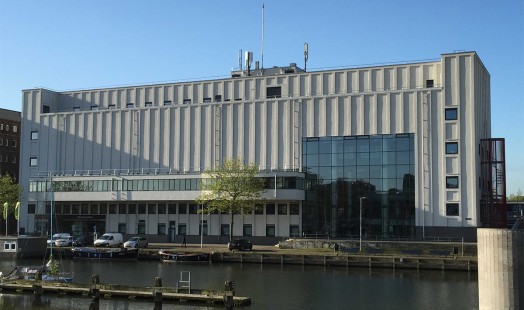A detailed History of the IISH
This page contains a detailed history of the International Institute of Social History, from the early beginning until most recent times.
Although the IISH was officially founded on 25 November 1935, the history of the institute begins already in the decade before, in the person of Nicolaas Wilhelmus Posthumus (1880-1960). Posthumus was among the pioneers of modern economic history in the Netherlands. In 1913, he became the first professor of economic history. A year later, he founded the Netherlands Economic History Archive (NEHA), the first of the fifteen institutions that he initiated in his lifetime.
The NEHA concentrated on preserving the archives of companies and related organisations as well as collecting other sources relevant to economic history. In 1932, the proliferation of books and other printed materials at this archive led to the creation of the Economic History Library (EHB). Posthumus was a collector with a broad vision, which is why he also included material from individuals and organisations in the Dutch labour movement in the collection.



